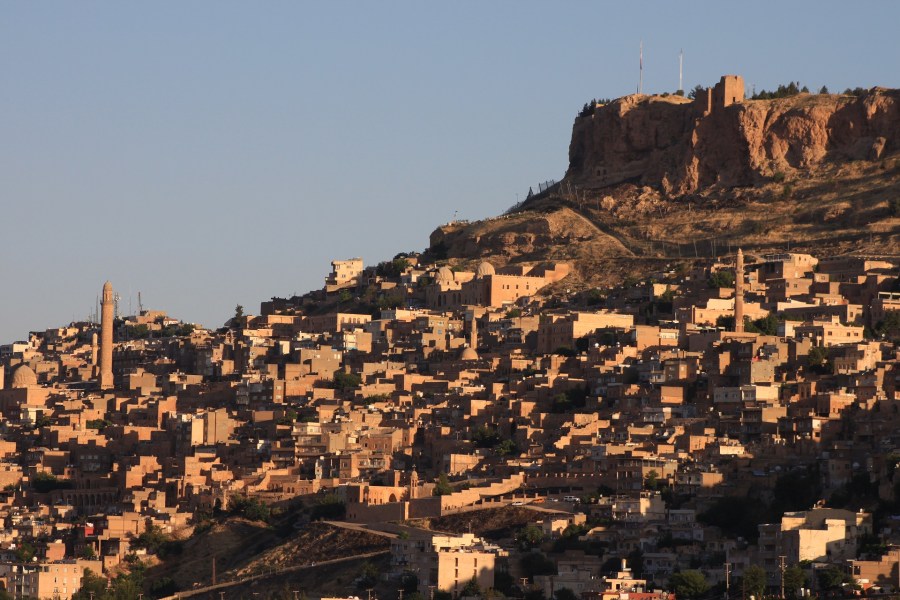What Are the Complex Institutions of Mesopotamia?

Located between the Tigris and the Euphrates rivers, the Mesopotamian region is known as the “cradle of civilization.” Developments that earned Mesopotamia this nickname include the city, the wheel, irrigation, writing, and the sailboat. Mesopotamian empires also independently developed complex institutions such as a legal system, an education system, and a government.
Legal Code The legal code of Hammurabi, who rose to power as the king of Babylon in 1750 BCE, was fundamental in shaping the government of Babylon. Hammurabi was often called “bani matin” or “builder of the land,” due to the importance he placed on public works and infrastructure projects. His legal code differed from previous codes in its emphasis on making violations and their consequences clear. While previous legal codes had relied on a shared understanding of proper behavior, Hammurabi’s code clearly delineated both the standard of behavior and the punishments citizens would incur for breaking the laws. The code emphasized retributive justice, in which the punishment for breaking a law was specifically tailored to the crime that was committed.
Education and Religion Mesopotamian cities were among the first to build up institutions such as churches and education systems. Throughout the region, intellect and learning was highly valued, and many philosophers and priests came to Mesopotamia to study. There were many schools where students could study subjects as varied as medicine, law, writing, astrology, and religion. There were also numerous temples in Mesopotamian cities, and religious stories and lore were well known by most in the region. Mesopotamian people believed in a pantheon of over 1,000 gods, and there were many well known religious parables and stories.
Government Mesopotamia was among the first places where humans gathered to live in large cities. This led to a number of new problems, such as how to provide food to everyone, how to defend against enemies, and how to determine who gives the orders. In small villages, everyone grew crops or fished, everyone fought marauders and the leader was chosen more or less democratically or by heredity. In cities, it proved more effective to have a king who ran a bureaucracy of skilled administrators. With different cultures mingling in these growing cities, cultural norms were displaced or formalized by legal codes that everyone could understand and abide by. These codes were soon written down. Legal codes led to a court system to enforce them, and to a police force to ensure the court’s rulings were enforced.
The government in Mesopotamia quickly found more problems that needed redress. Flooding led to a public works program in which citizens donated work to build dikes. Soon the government officials realized that it would be more efficient to pay specialists to build these and similar structures, so instead of requiring labor, they created a system of taxation that also enriched the king, tax collectors and priests. As Mesopotamian cities grew in size, a complex civilization developed around them.





